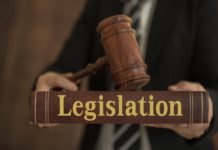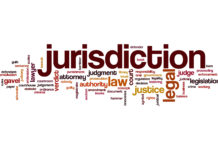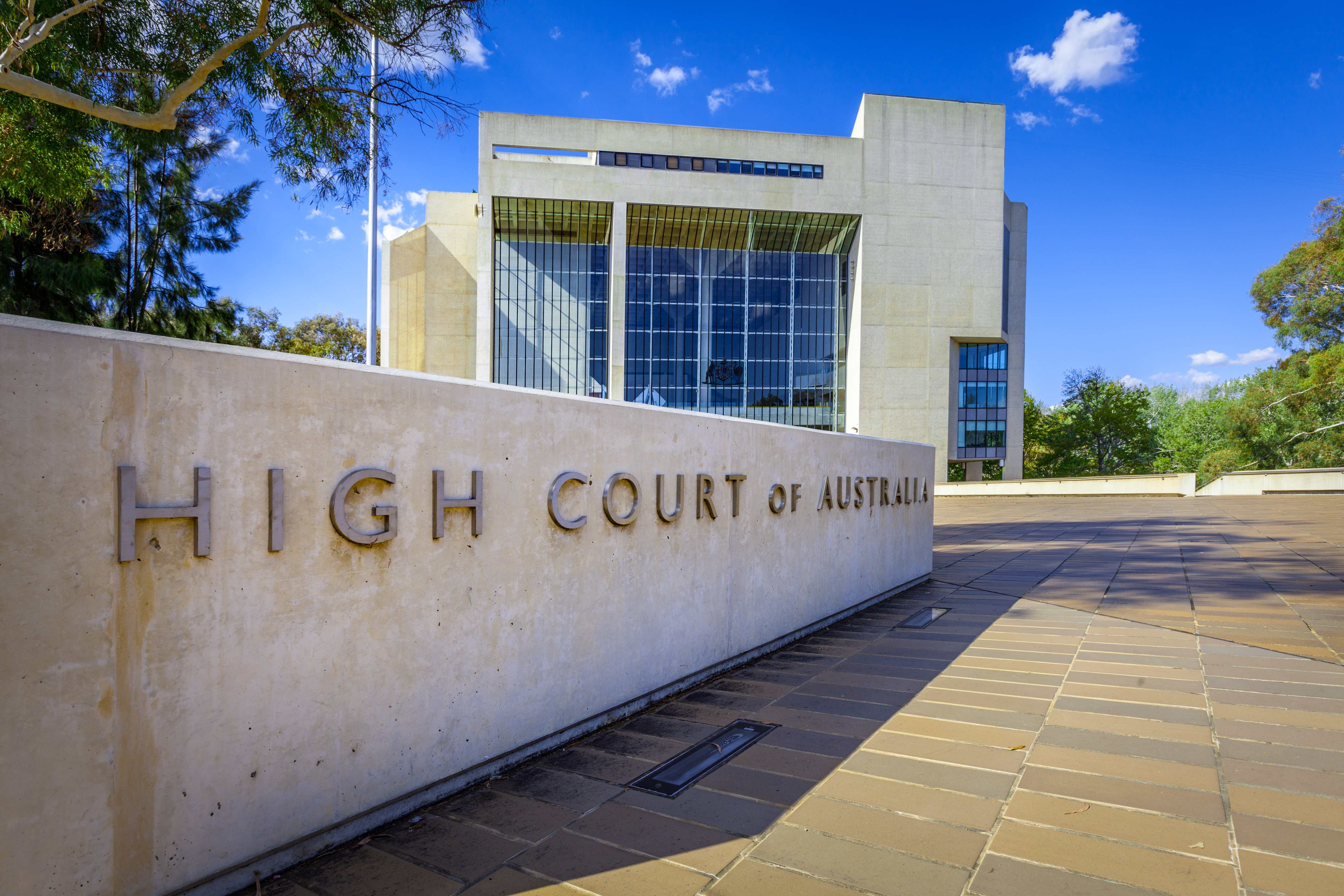High Court. Is the ratio in the High Court's decision in SDCV that, "even where s 46(2) of the AAT Act prevents the Federal Court from providing an applicant with any means to respond to material subject to a certificate ... , it is not contrary to Ch III because it forms an inseverable part of an additional avenue for review that is beneficial (when compared to the other available avenues of review), and therefore causes no practical injustice"?
Section 46 of the AAT Act provided:
46 Sending of documents to, and disclosure of documents by, the Federal Court and the Federal Circuit and Family Court of Australia (Division 2)
Sending of documents to courts
(1) When an appeal is instituted in the Federal Court of Australia in accordance with section 44 or a question of law is referred to that Court in accordance with section 45:
(a) the Tribunal shall, despite subsections 36(2), 36B(2) and 39B(3) of this Act, and subsection 130H(3) of the Foreign Acquisitions and Takeovers Act 1975, and subsection 36L(4) of the Australian Crime Commission Act 2002, cause to be sent to the Court all documents that were before the Tribunal in connexion with the proceeding to which the appeal or reference relates and are relevant to the appeal or reference; and
(b) except in the case of an appeal that is transferred to the Federal Circuit and Family Court of Australia (Division 2)—at the conclusion of the proceeding before the Federal Court of Australia in relation to the appeal or reference, the Court shall cause the documents to be returned to the Tribunal; and
(c) in the case of an appeal that is transferred to the Federal Circuit and Family Court of Australia (Division 2):
(i) the Federal Court of Australia must cause the documents to be sent to the Federal Circuit and Family Court of Australia (Division 2); and
(ii) at the conclusion of the proceedings before the Federal Circuit and Family Court of Australia (Division 2) in relation to the appeal, the Federal Circuit and Family Court of Australia (Division 2) must cause the documents to be returned to the Tribunal.
Disclosure of documents by courts
(2) If there is in force in respect of any of the documents a certificate in accordance with subsection 28(2), 36(1), 36B(1) or 39B(2) of this Act, or subsection 130H(3) of the Foreign Acquisitions and Takeovers Act 1975, or subsection 36L(2) of the Australian Crime Commission Act 2002, certifying that the disclosure of matter contained in the document would be contrary to the public interest, the Federal Court of Australia or the Federal Circuit and Family Court of Australia (Division 2) shall, subject to subsection (3), do all things necessary to ensure that the matter is not disclosed to any person other than a member of the court as constituted for the purposes of the proceeding. However, this subsection does not prevent the Federal Court of Australia from causing the document to be sent to the Federal Circuit and Family Court of Australia (Division 2) as mentioned in subparagraph (1)(c)(i).
Note: Subsection 39B(10) of this Act deems certain certificates referred to in that subsection to be certificates under subsection 39B(2).
(3) If:
(a) the certificate referred to in subsection (2) relating to matter contained in the document does not specify a reason referred to in paragraph 28(2)(a) or (b), 36(1)(a) or (b), 36B(1)(a), or 39B(2)(a) of this Act or subsection 130H(3) of the Foreign Acquisitions and Takeovers Act 1975, or paragraph 36L(2)(a) or (b) of the Australian Crime Commission Act 2002, as the case may be;
(b) a question for decision by the Federal Court of Australia or the Federal Circuit and Family Court of Australia (Division 2) is whether the matter should be disclosed to some or all of the parties to the proceeding before the Tribunal in respect of which the appeal was instituted or the reference was made; and
(c) the court decides that the matter should be so disclosed;
the court shall permit the part of the document in which the matter is contained to be inspected accordingly.
(3A) If the Federal Court of Australia or the Federal Circuit and Family Court of Australia (Division 2) is sent:
(a) a copy of any standard (or part thereof) referred to in subsection 39C(2) of this Act; or
(b) a document containing any sensitive information referred to in subsection 39C(4);
the relevant court must, subject to this section, do all things necessary to ensure that the copy of any standard (or part thereof) or any information contained in it, or the sensitive information, is not disclosed to any person other than:
(a) a member of the court as constituted for the purposes of the proceeding; or
(b) the Director‑General of Security or the Director‑General’s representative.
(3B) However, subsection (3A) does not apply in relation to disclosure to the person who was the applicant, or a person representing the person who was the applicant, in the proceedings before the Tribunal to the extent that the information:
(a) has already been lawfully disclosed to the person; or
(b) is disclosed to the person with the consent of the Director‑General of Security.
(4) Nothing in this section prevents the disclosure of information or of matter contained in a document to an officer of the court in the course of the performance of his or her duties as an officer of the court.
The plurality of the High Court (HCA) described the background as follows:
-
- The special case filed in this proceeding posed one substantive question – is s 46(2) of the Administrative Appeals Tribunal Act 1975 (Cth) ("the AAT Act") invalid on the basis that it infringes Ch III of the Constitution?
- Section 46(2) applies to an appeal referred to in s 46(1) of the AAT Act, which includes an appeal under s 44of that Act to the Federal Court of Australia on a question of law. If there is in force a certificate as specified in s 46(2) certifying that the disclosure of matter contained in a document would be contrary to the public interest, the Federal Court must "do all things necessary to ensure that the matter is not disclosed to any person other than a member of the court as constituted for the purposes of the proceeding". For the purposes of s 46(2) of the AAT Act, such a certificate in accordance with s 39B(2) includes, relevantly, a certificate issued by the "ASIO Minister" certifying that the disclosure of information with respect to a matter stated in the certificate, or the disclosure of the contents of a document, would be contrary to the public interest on one or more of three specified grounds including "because it would prejudice security or the defence or international relations of Australia".
- The one substantive question posed reflects the plaintiff's principal contention that s 46(2) of the AAT Act is invalid because it requires the Federal Court of Australia to depart from the "general rule" of procedural fairness more than is reasonably necessary to protect a compelling and legitimate public interest and thereby deprives it of an essential characteristic of a "court" under Ch III of the Constitution. The plaintiff submitted that the earlier decision of this Court in SDCV v Director-General of Security[1] is not authority to the contrary but, to the extent necessary, sought leave for SDCV to be re-opened and overruled.
Some of the questions to the HCA were as follows:
Question 1: Is the ratio in the High Court's decision in SDCV that, "even where s 46(2) of the AAT Act prevents the Federal Court from providing an applicant with any means to respond to material subject to a certificate ... , it is not contrary to Ch III because it forms an inseverable part of an additional avenue for review that is beneficial (when compared to the other available avenues of review), and therefore causes no practical injustice"?
Question 2: Can it be said that "a party seeking to re-open an earlier decision of this Court and challenging the validity of the same provision that the earlier decision held to be valid, on precisely the same basis as the challenge rejected in the earlier decision, carries a particularly heavy persuasive burden"?
Question 3: in SDCV, did all Justices of the High Court accept that an essential characteristic of a Ch III court is that it provides parties with procedural fairness?
Question 4: Did the the reasoning of Kiefel CJ, Keane and Gleeson JJ in SDCV assume "that the content of procedural fairness can be reduced to nothing if the substantive right is sourced in statute"?
Question 5: Did the reasoning of Kiefel CJ, Keane and Gleeson JJ in SDCV assumes that "a public interest immunity claim over certified material would inevitably be upheld" in judicial review proceedings?
Question 6: If a High Court decision has no ratio, might this in many cases "be a powerful reason to re-open a decision, even if only to re-explain the result in a way that would provide clarity and guidance for lower courts"?
Question 7: Is the ratio decidendi of a court the rule of law "treated by the judge or judges as sufficient to support the orders made based on the material facts before the court"?
Question 8: Is the task for a later court in identifying the binding rules of law to interpret what "the judge must logically have considered necessary or treated as material"?
Question 9: In the rare case where a ratio decidendi is positively expressed by a judge, is that statement conclusive?
Question 10: Is it the case that, on a narrow sense, some multi-judge decisions might have no ratio, whilst always having a ration on a broad view?
The HCA answered those questions as follows:
The remainder of this article is only available to Case Law and Platinum subscribers.
Read our Terms & Conditions and upgrade below:
Monthly Subscriptions
Annual Subscriptions
Where GST applies, the above amounts are inclusive of GST.
Content Types
Basic Content includes basic news, some media articles and selected announcements.
Premium Content includes all our content, except for Case Law Content. In other words, it includes Basic Content, plus all our articles on legislative and policy changes, industry updates and the Migration Legislation Tracker.
Case Law Content includes Basic Content, plus case law summaries, analysis and extract, but does not include Premium Content.
Platinum Content includes Basic Content, plus Premium Content, plus Case Law Content. In other words, it includes ALL our content.
If you already have a Case Law or Platinum subscription, click on 'Login' below.











